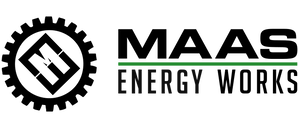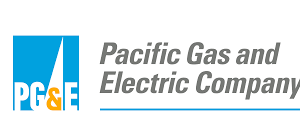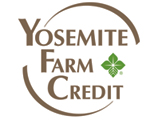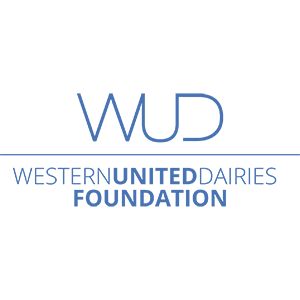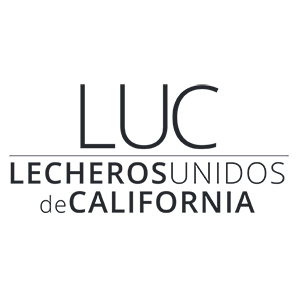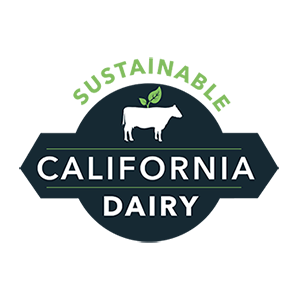Melissa Lema, North Coast Field Representative
As we turn the calendar to August, and realize we are well beyond the halfway point of 2022, it’s time for North Coast dairy producers to have fall manure management and reporting activities on their to–do list. In this drought year many dairies may have already begun their manure spreading activities and many are soon to follow, prompting our Environmental Services team to share some reminders for dairies covered under Water Board General Orders in Regions 1 (North Coast) and 2 (San Francisco Bay).
Most important to keep in mind is that Annual Reporting for both regions is due by November 30th. The WUD team stands ready to assist producers with their Annual Reports, so please reach out to field staff before mid–October to schedule a visit.
In addition to annual reporting, below are some Best Management Practices to keep in mind this fall as you are hauling manure and preparing your facility for winter:
- Always observe 35′–50′ buffer zones when applying on land that borders streams, creeks, ditches and other waterways.
- Never spread manure during or immediately before a rain event where there is potential for run–off to occur.
- Manure and composted manure should be spread at agronomic rates where there will be adequate uptake of nutrients. Over-application of manure can result in runoff or leaching.
- Check gutters on all buildings and other clean water conveyances around the dairy to ensure they work properly.
- Make sure that corrals and other heavy use areas are scraped clean before the rains, OR that they drain to manure ponds if they are used during the winter months.
- Check the dairy for any areas that may be extra sensitive to drainage or erosion issues and make proper adjustments to use/traffic in those areas.
- Remember that all manure spreading activity needs to be documented; this includes irrigation of nutrients, and spreading of raw or composted materials. We recommend keeping a logbook in the truck or tractor to record:
- Where manure is hauled
- How many loads/how much is irrigated
- Size of hauling implement/pump capacity
- Documentation of weather conditions (ie, Sunny, foggy, etc.)
If your groundwater sampling isn’t complete, this is a good time to catch up. Below is a chart to indicate, by region, what you need to sample for.
| Region | Constituents |
|---|---|
| Region 1: North Coast | Nitrate (mg/L) Total Dissolved Solids (mg/L) *Total Coliform Bacteria (MPN/100ml) *Domestic wells only |
| Region 2: SF Bay | Nitrate (mg/l) Total Coliform Bacteria (MPN/100 ml) |
One last note: The water board may request to conduct a routine inspection on your dairy this summer/fall. If you have not had a routine inspection recently, please plan to have one prior to January 2023; If you’d like help preparing for an inspection or would like to do a practice walk–through, please let your Field Representative, Melissa Lema, know and we can schedule a time. Melissa can be reached for this or any inquiry at (707)–779–2214 or [email protected] .





